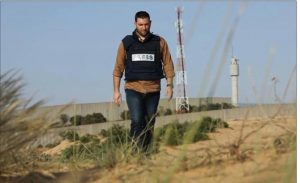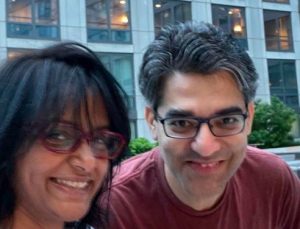According to a source cited by Australian daily “The Klaxon,” China lost 42 soldiers in the June 2020 Galwan Valley combat, at least nine times more than the four it has admitted. A group of social media academics authored the report.
Also read: Panda diplomacy: Why Beijing pitched Bing Dwen Dwen as Olympics mascot
Following are some of the highlights of the development:
- According to the study created after a year-long inquiry, at least 38 soldiers were killed while attempting to cross the fast-flowing Galwan River in the early moments of the June 15-16 fight. In sub-zero temperatures and complete darkness, the men crossed the river.
- Only one of the four troops verified to have perished, Junior Sergeant Wang Zhuoran, purportedly drowned, according to the investigative publication, citing the article “Galwan Decoded.
- According to the storey, “at least 38 PLA (People’s Liberation Army) troops along with Wang were washed away and drowned that night…of which only Wang was declared among the four officially dead soldiers,” citing “several Weibo users.”
- The report said, “After the incident, the bodies of the soldiers were first taken to Shiquanhe Martyr Cemetery, followed by local ceremonies at the local towns of the killed soldiers.”
- A Weibo user (Qiang) claimed to have served in the area, according to the report. According to the user, the Chinese army has been breaking the mutual agreement by building infrastructure in the buffer zone and has been attempting to increase its patrolling limits within the buffer zone since April 2020.
- “PLA did not adhere to its promise…and instead of dismantling its own infrastructure as agreed upon, secretly dismantled the river crossing bridge constructed by the Indian army,” said the report.
- Beijing went to “extreme lengths” to quell debate over the war, especially any “discussion about the exact number of Chinese casualties.”
- According to the report, the Xinjiang Miltary Region arranged officers and troops to go to the Shiquane Martyr Cemetary to lay flowers to the revolutionary martyrs, organise party members to take an oath, and sweep the tombs for heroes.
- Discussions with mainland Chinese bloggers, information collected from mainland-based Chinese citizens, and media reports that have since been erased by Chinese officials were all part of the investigation.
- India has confirmed that 20 soldiers had been killed in action in the battles, which were the bloodiest since the 1962 conflict.






